Artificial intelligence. Biodiversity loss.
At first glance, these may seem like two unrelated things, but AI has great potential to help us address a myriad of sustainability challenges, including biodiversity loss.
Biodiversity loss refers to the depletion of the health and resilience of the natural world. It is also a key driver impacting the future of our society. It is a sobering thought that all our food, water, air, housing and clothing are ultimately products of the natural world. Biodiverse natural areas supply society with ecosystem services and are more resilient to shocks such as resource exploitation and climate change.
This is also an economic crisis: The World Economic Forum estimates of $44 trillion or roughly half of global GDP is moderately or highly dependent on nature, while the World Benchmarking Alliance finds that only 5% of 350 companies in highly relevant sectors understand their impacts and dependency on nature.
At the same time, the AI hype train has definitely left the station, with businesses, start-ups and the public starting to realise the seismic shift in our lives and economies that the adoption of AI could bring.
A technology with such transformative potential also raises important questions: who controls new AI models? What are the environmental costs of developing and using them? What should they be used for?
While mainstream adoption of AI has focused on chatbots and social media content, biodiversity loss is a problem that cries out for innovative AI solutions.
Biodiversity loss is a complex, systemic issue. Implementing measures to address it often requires detailed analysis and combination of large swathes of unrelated data. This is an issue that is relevant to a wide range of sectors and hence represents a significant opportunity for those that get it right!
To test this, Sitra and Business Finland, together with a consortium of partner organisations, held the Deadwood hackathon to address the intersection of data, machine learning and biodiversity within a real-world forest management problem. The challenge for the hackathon teams was to develop a machine-learning approach to identify stands of old-growth forests and present a business model based on this approach.
The power of AI could potentially be harnessed to help improve humanity’s chances of overcoming the biodiversity crisis.
The hackathon offered a glimpse into a future where AI experts work hand-in-hand with ecologists and environmental specialists to tackle problems that they can only solve collaboratively. In this future, the power of AI could potentially be harnessed to help improve humanity’s chances of overcoming the biodiversity crisis.
Startups and AI entrepreneurs take note: biodiversity loss and other sustainability challenges are ripe for disruption. Winners in this space will apply AI to provide answers to previously insuperable questions. And given the critical importance and addressable market of these challenges, these winners are likely to win big!

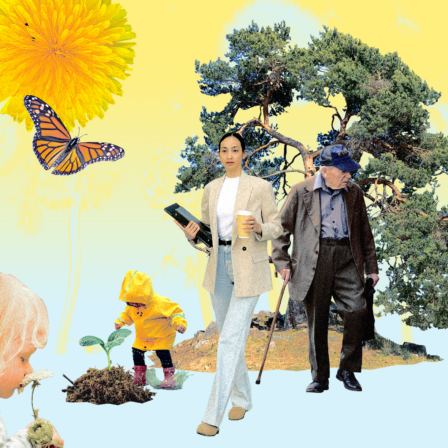


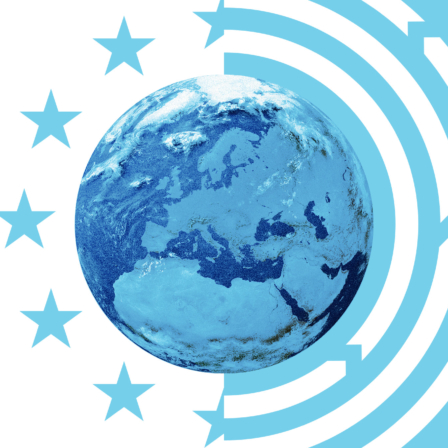



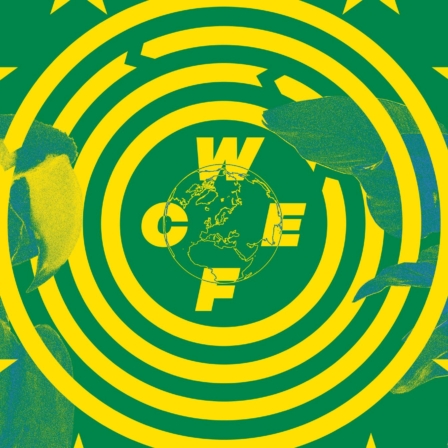


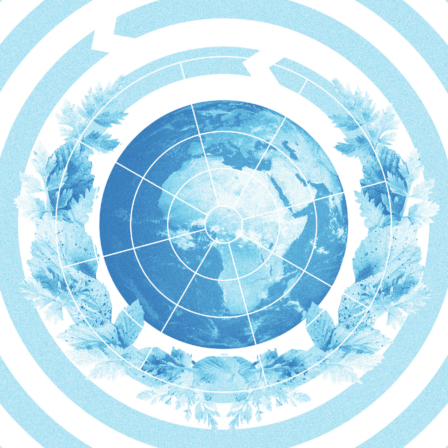




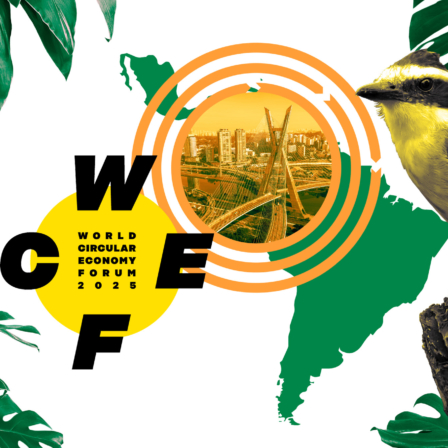
Recommended
Have some more.